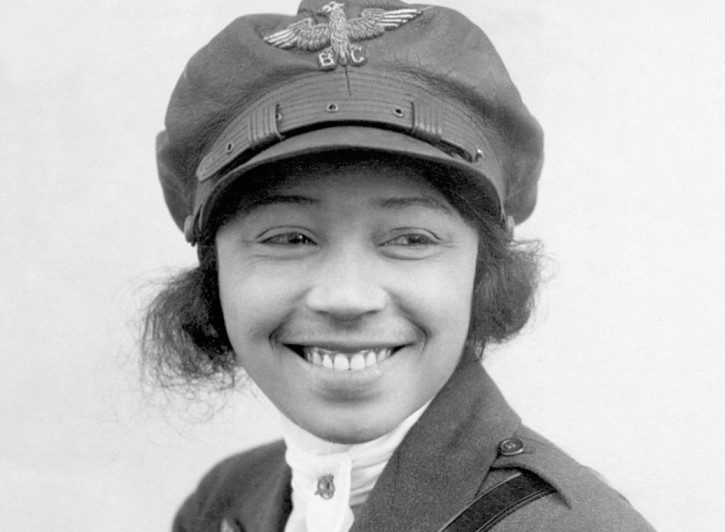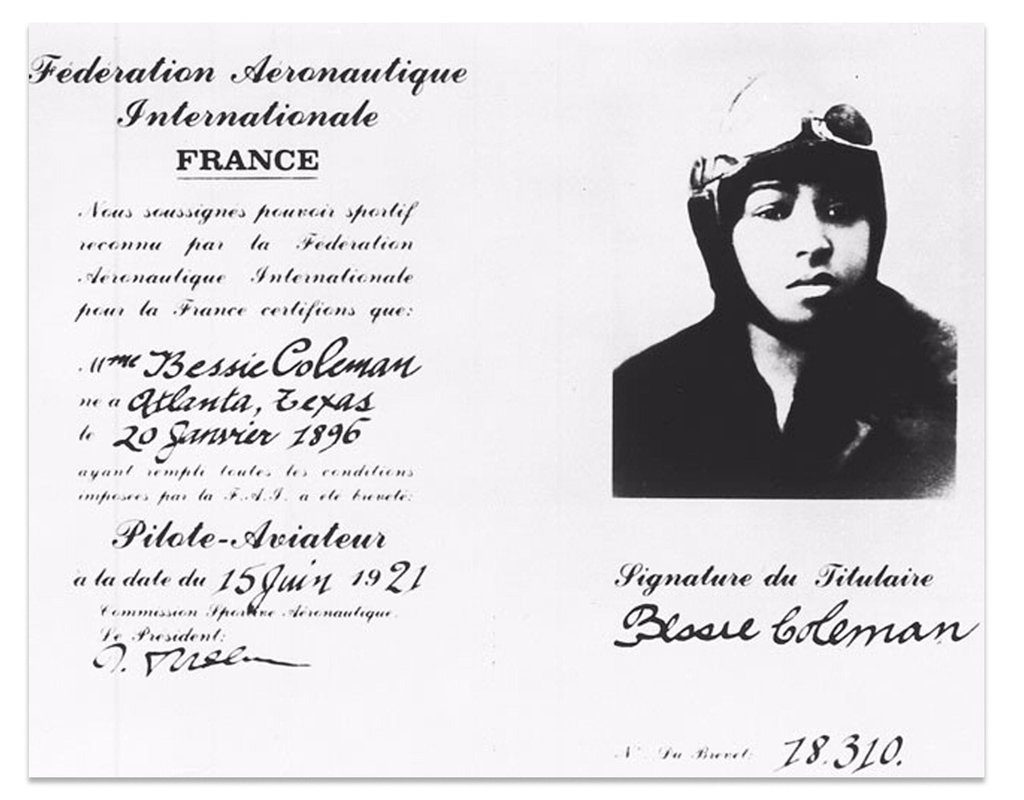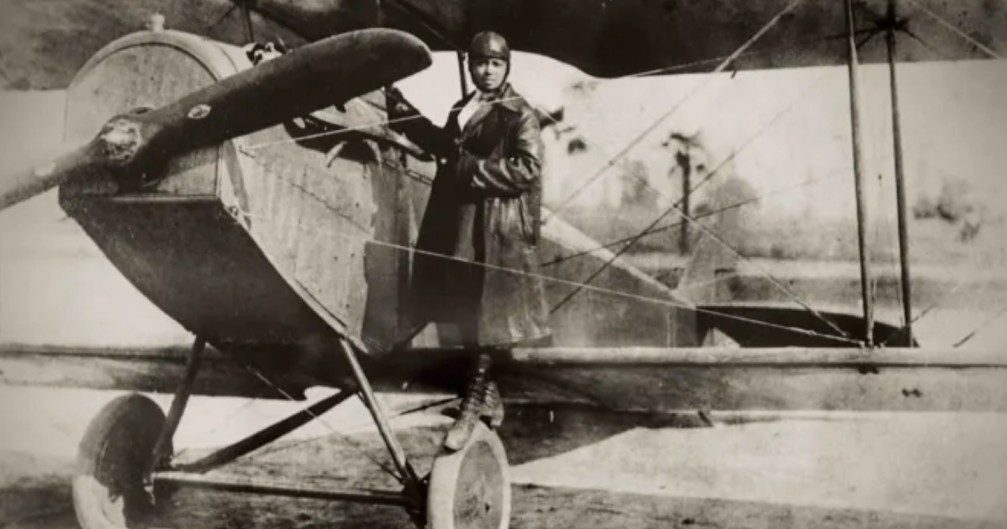See, I can also fly, Bessie Coleman, the first African American woman and the first Native-American to earn a pilot license


Bessie Coleman was known for thrilling crowds with her dangerous manoeuvres in a rickety aeroplane and literally representing the heights that African-Americans could attain.
But before all that, where was Bessie Coleman?
Bessie was working as a manicurist on Chicago’s South Side in 1919 when one day her brother John showed up drunk and began taunting her about her job. John had served in the Army in France during World War I and often teased his sister about how women there had more opportunities. Women in France were so liberated, he said, they could even fly planes.
Black “women ain’t never goin’ to fly, not like those women I saw in France,” he said, as retold in “Queen Bess: Daredevil Aviator” (1993), a biography of Coleman by Doris L. Rich.
“That’s it!” Coleman replied, smiling. “You just called it for me.”
Determined to prove him wrong, Coleman decided to become the pilot. Her journey was as challenging as one can think of.
She reached out to several pilots for lessons, but none would accept her as a student because of her race and gender. So she decided to go to France.
In 1920, Coleman travelled to France by steamship and attended the Caudron Brothers’ School of Aviation in Le Crotoy to train for seven months as a pilot. There, and through subsequent training in the Netherlands and Germany, she learned to not only fly a plane, but also perform aerial stunts such as “loop-the-loop,” tailspin, wing walk, and parachute.
On June 15, 1921, Coleman received her pilot’s license from the Fédération Aéronautique Internationale, which granted her the right to fly anywhere in the world.

Upon her return to New York City in September, The Associated Press heralded her as “a full-fledged aviatrix, said to be the first of her race.” She became an instant sensation as a barnstormer, touring the country to perform daredevil aerial stunts which earned her recognition as “Queen Bess” and “the world’s greatest woman flier.”
Throughout her career, Coleman took a stand against racism, refusing to perform in airshows with segregated audiences. She saw aviation as a way to empower black people in America and dreamed of opening a flight school.
In 1926, during a test flight before an airshow in Jacksonville, Florida, Coleman fell from the open cockpit of her plane to her death at age 34. Her dream to open a flight school for African Americans was realized in 1929 by African American aviator and engineer William Powell, who opened the Bessie Coleman Aero Club in her honor.
In spite of all the glory and success, it took time for Coleman to achieve recognition beyond the black community in her day. Mae Jemison, who in 1992 became the first African-American woman to go into space, wrote in an afterword to “Queen Bess: Daredevil Aviator” that she had felt “embarrassed and saddened that I did not learn of her until my spaceflight beckoned on the horizon.”
“I wished I had known her while I was growing up,” Jemison continued, “but then again I think she was there with me all the time.”
Jemison also carried a picture of Coleman with her into space.

It won’t be wrong to say that Coleman’s accomplishments were never truly recognized during her lifetime. An editorial in the “Dallas Express” stated, “There is reason to believe that the general public did not completely sense the size of her contribution to the achievements of the race as such.”
But today, Bessie Coleman’s determination to succeed, positive attitude and a sense of adventure inspires thousands of young minds around the world.
